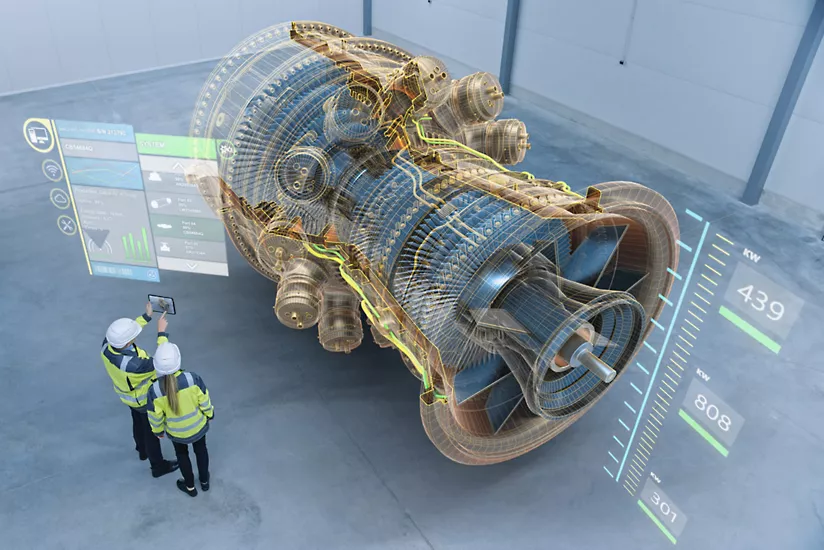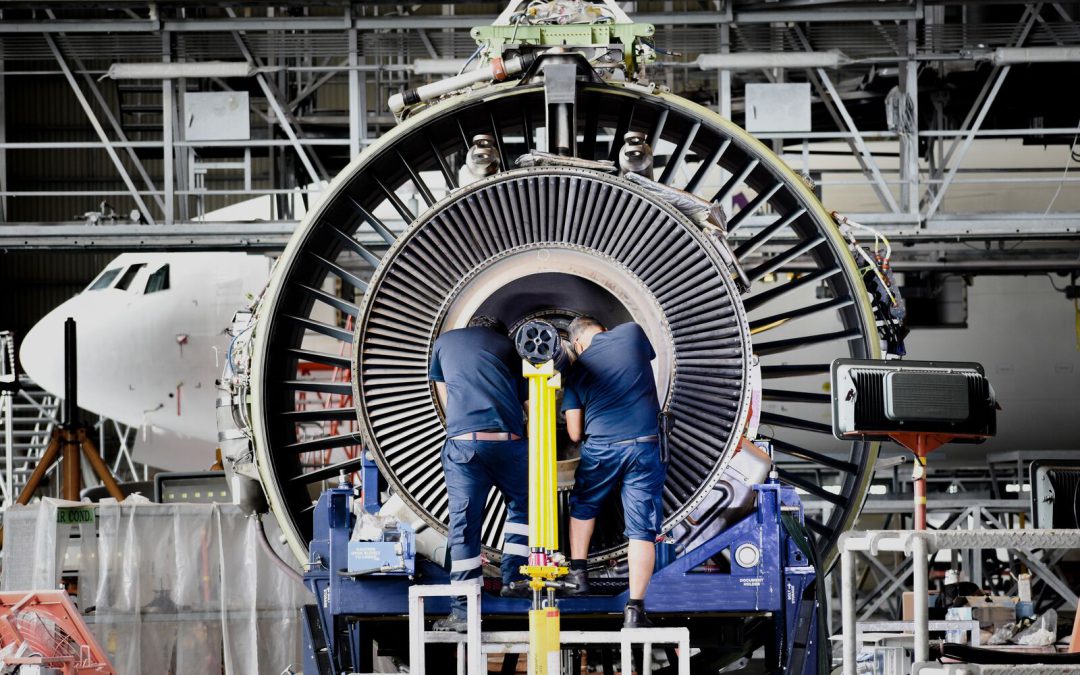Plasmas make up 99 percent of our universe’s visible matter. They are responsible for the blaze of light we see in far-off stars, nebula, cosmic dust, comet tails, lightning bolts and our own sun. Plasma physicist Jose Lopez, Ph.D., a professor in the Seton Hall Department of Physics, envisions harnessing the power of plasmas to transform the way we purify water, air and food; power cars; and increase crop yields by replacing fertilizer with a more environmentally friendly alternative The results? Far more sustainable methods of growing food and generating energy globally. “Plasma science has really become quite interdisciplinary, transcending several fields of science,” says Lopez, who is also the program director for plasma physics at the National Science Foundation He’s particularly interested in atmospheric air microplasmas or “cold plasmas,” which occur in dimensions smaller than the width of a human hair and only exist for a few microseconds at a time. They are called cold plasmas because they are harmless to touch at room temperature.

made up of three oxygen atoms is a widely recognized molecule generated by cold plasmas. It plays an important role in protecting our planet by absorbing most of the sun’s dangerous ultraviolet radiation. Ozone forms as ultraviolet light collides with oxygen in the outer layer of our atmosphere.
Lopez and student researchers in his lab see the potential of generating ozone to harness its oxidation powers to disinfect food and water. As ozone oxidizes, it rusts heavy metals — making particles heavier and easier to filter from water — and disrupts the genetic material of bacteria and viruses, killing them Ozone works very similar to chlorine, but it only has a lifetime of a few seconds before it completely disintegrates,” Lopez says. Inside that brief window of time, ozone’s oxidation process is powerful enough to clean and sanitize materials almost instantly Cold plasmas could be applied agriculturally to fight pests and increase crop yield, Lopez says, “preventing mold and pest buildup, while also seemingly mimicking and enhancing the biochemistry that occurs in living organisms.” They also seem to play a natural role in biology, he says, and might even have been responsible for helping catalyze the formation of biomolecules that first gave rise to living organisms in our universe. (Some of Lopez’s research is funded by.

To study how cold plasmas support natural biology, Lopez and his research colleagues have engineered devices that allow them.
to apply plasmas to plants in a similar fashion to the way ink is applied to paper from the tip of a pen. When they applied cold plasmas to the surface of apples and pears, the fruit’s shelf life extended by two weeks Lopez’s lab then teamed up with food chemist Father Gerald Buonopane, senior lecturer in Seton Hall’s Department of Chemistry and Biochemistry, to test the effects of applying cold plasmas to basil plants. They found the plants grew thicker leaves, resulting in basil plants with 20 percent more mass than untreated plants We believe the plasma induces a small stress response in the plant, kicking in biological mechanisms that cause it to grow more robustly, similar to the way exercise induces stress and triggers muscles to grow stronger and bigger He sees plasma-generated fertilizers potentially having significant uses in indoor growing, and is already partnering with local aeroponic farming companies to develop applications within environmentally controlled farming centers.
“These companies specialize in high-end herbs and plants used in the New York City restaurant industry, which are very difficult to grow outdoors locally.

To extend the impact globally and on a broader scale, Lopez and his collaborators are developing plasma jets (inspired by the wound-healing plasma devices of science fiction, like the one used by Dr. Beverly Crusher on the show Star Trek: The Next Generation) that could enable plasma-infused water to be locally generated at small farms in low-resource areas of the world and then directly sprayed onto crop fields Cold plasmas could also help revolutionize the way we fuel our personal vehicles. “California plans to ban all gasoline cars by 2030, so within the next decade all cars will have to run on electric power,” he says. But relying on conventional batteries to power cars will be difficult, given the limited resources of lithium and other metals With U.S. Department of Energy support, Lopez is developing a table-top sized device that uses cold plasmas to generate hydrogen and synthesis gas (syngas) from a combination of readily accessible components (water, natural gas and electricity). He envisions the prototype could someday lead to new home appliances capable of making hydrogen safely and on-demand, allowing people to conveniently and sustainably fill up hydrogen fuel cells to power electric cars. Lopez is collaborating on this project with catalysis chemist Setrak Tanielyan, Ph.D., of Seton Hall’s Center for Applied Catalysis and Green Chemistry, part of the University’s new Academy for Green Chemistry, Sustainability and Stewardship.


Recent Comments